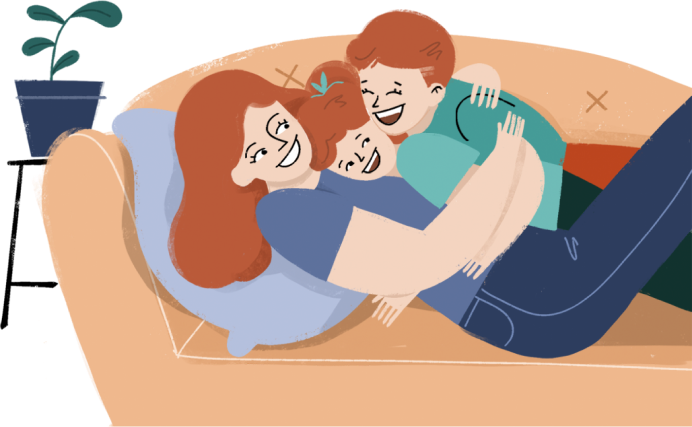Is it "white and gold" or "blue and black?" The internet has been buzzing for days about what colors make up that now infamous dress. How is it possible that thousands of perfectly sane people can look at the same object and see two completely different things?
It may sound like one group may have to be crazy, but when we consider what we know about colors, the human eye, and perception, the opposing views aren't so crazy after all.
Before you watch the video that will explain everything about color perception and blow your mind, here are a few things you should know about seeing in color.
The eye is made up of color cones, which determine an organism's capacity to perceive colors. The most color cones an animal can have is five. Animals who have five color cones, like birds and insects, can see up to 10 billion different colors! Meanwhile, humans can have up to only four color cones, which means they can only see up to 100 million colors — that's a big difference.
So one popular theory about the disparity in the dress is the color cone variance among the masses.
In fact, 25 percent of the population only has two color cones, meaning their vision is comparable to that of dogs. These people are called dichromats and can see only 10,000 colors. The majority of the population, at 50 percent, are trichromats, who have three color cones and can see 1 million colors. That means only 25% of humans are full on tetrachromats, who are able to see 100 million colors and who were probably able to see the dress as blue and black.
But this is just the start of the #TheDress explanation. Watch the video below to learn even more about why the way we see colors can be totally different from person to person.




